Registered & Operating Office
Via Tortona, 4
20144 Milano (MI) – Italy
+39 02 37920598
info@bitrock.it
Administrative & Operating Office
Viale della Repubblica 156/a
31100 Treviso (TV) – Italy
+39 02 37920598
+39 0422 1600025
info@bitrock.it
Operating Office
Via Roma 22
34132 Trieste (TS) – Italy
+39 02 37920598
info@bitrock.it
Bitrock Sagl
Via Volta 1
6830 Chiasso (CH)
+39 02 37920598
admin@bitrockinternational.ch

Bitrock is a high-end technology and consulting company committed to offering cutting-edge and innovative solutions in Back-end Engineering, Platform Engineering, Data, AI & ML Engineering, Product Design & UX Engineering, Mobile App Development, Front-end Engineering, FinOps, Quality Assurance and Governance